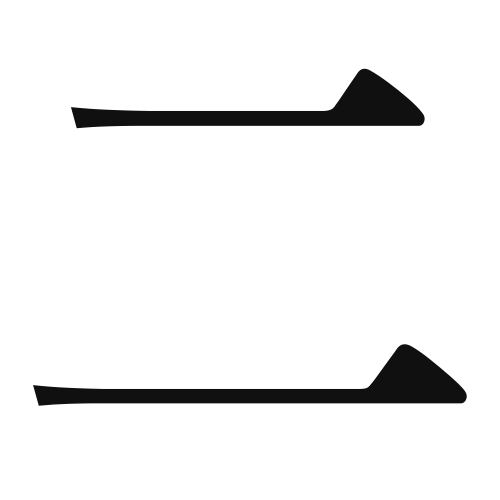1. Overview of Meaning
The kanji “二” (pronounced “ni”) means “two.” It is one of the basic numbers in the Japanese language and is used in various contexts to indicate quantity, order, and more.
2. Formation and Radical
The kanji “二” is a simple character that originated as a pictogram representing the concept of two items. It is classified as a pictographic character because it visually resembles the number it represents. The radical for “二” is also “二,” which signifies its meaning related to the number two.
3. Examples of Usage
Common words and phrases that include “二” are:
- 二人 (ふたり, futari) – two people
- 二月 (にがつ, nigatsu) – February
- 二十 (にじゅう, nijuu) – twenty
Example sentences in daily conversation:
- 私たちは二人で行きます。 (We will go together as two people.)
- 二月は寒いです。 (February is cold.)
4. Synonyms and Antonyms
Similar kanji with related meanings include:
- 双 (そう, sou) – meaning “pair” or “double,” which emphasizes the idea of two items being together.
Antonyms include:
- 一 (いち, ichi) – meaning “one,” which represents a single item.
5. Cultural and Historical Background
The kanji “二” has significant cultural relevance in Japan. It is often used in traditional contexts, such as in the counting of items or in ceremonies. Additionally, it appears in various proverbs and idiomatic expressions, such as:
- 二兎を追う者は一兎をも得ず (にとをおうものはいっとをもえず, “He who chases two rabbits catches neither”), which conveys the idea of not being able to succeed in multiple pursuits at once.
This reflects the cultural value placed on focus and dedication in Japanese society.
